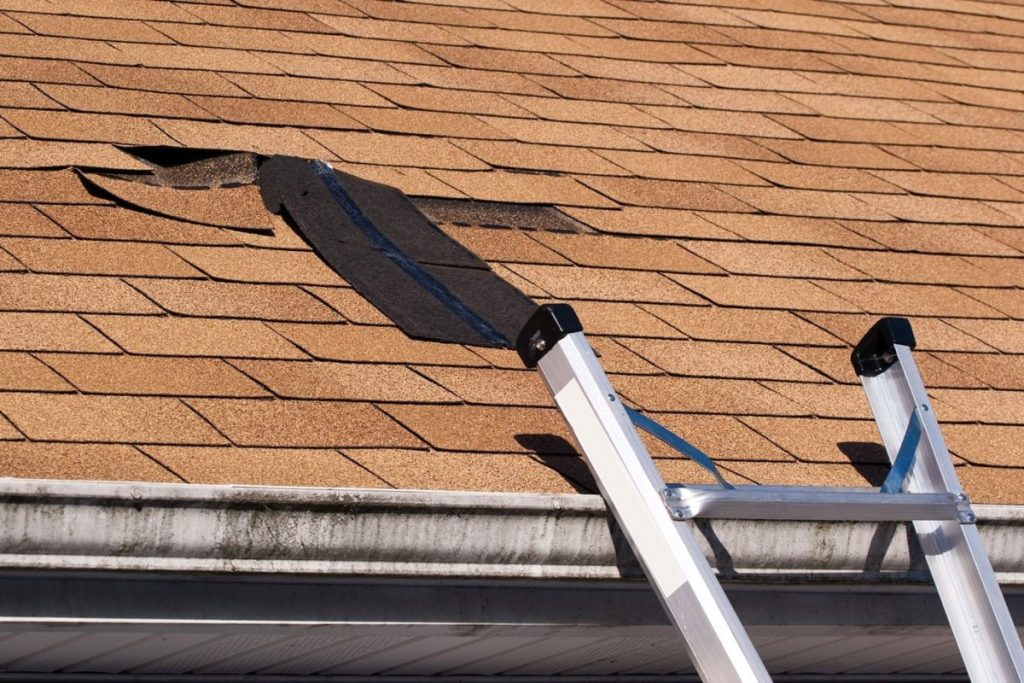Have you noticed that the roof shingles on your house are starting to lift up? Roof shingles lifting up is a common problem that homeowners often encounter, and it can lead to various issues if left unaddressed. In this article, we will explore the causes, risks, and solutions associated with roof shingles lifting up, helping you understand the importance of timely repairs and maintenance.

Understanding the Causes of Roof Shingles Lifting Up
Roof shingles can lift up due to several factors, including:
- Age and Weathering: As shingles age, they become more susceptible to damage from the elements. Exposure to harsh weather conditions such as heavy rain, strong winds, and extreme temperatures can cause the shingles to deteriorate over time, leading to lifting or curling.
- Improper Installation: Inadequate installation practices can contribute to shingles lifting up. If the shingles are not properly secured or if the nails are incorrectly placed, they may not provide sufficient protection against external forces. This can result in shingles becoming loose and eventually lifting up.
- Ventilation Issues: Poor ventilation in the attic can also lead to shingles lifting up. Without proper airflow, moisture can accumulate underneath the shingles, causing them to warp or buckle. Over time, this can lead to the shingles lifting and creating gaps that allow water to seep into the roof structure.
The Risks Associated with Roof Shingles Lifting Up
Ignoring the issue of roof shingles lifting up can have various risks and consequences:
- Water Damage: When shingles lift up, they expose the underlying layers of the roof to moisture. This can result in water leaks, leading to damage to the roof deck, insulation, and even the interior of your home. Water intrusion can also promote the growth of mold and mildew, posing health risks to you and your family.
- Reduced Energy Efficiency: Lifting shingles can compromise the insulation and ventilation of your home. As a result, your heating and cooling systems may have to work harder to maintain a comfortable indoor temperature, leading to increased energy consumption and higher utility bills.
- Structural Damage: If roof shingles lifting up is left unattended for an extended period, it can eventually cause significant structural damage to your home. Moisture infiltration can weaken the roof deck and support structures, leading to sagging or even collapsing roofs in severe cases.
Solutions for Roof Shingles Lifting Up
When you notice roof shingles lifting up, it is crucial to take prompt action to prevent further damage. Here are some solutions:
- Inspection and Repair: Contact a professional roofing contractor to conduct a thorough inspection of your roof. They can identify the cause of the shingle lifting and recommend appropriate repairs. In some cases, the damaged shingles may need to be replaced entirely.
- Proper Installation: If improper installation causes shingle lifting, ensure qualified roofing professionals perform future repairs or replacements. Proper installation techniques will help prevent shingle lifting and prolong the lifespan of your roof.
- Enhance Ventilation: Improving the ventilation in your attic is crucial for preventing shingle lifting. Ensure that your attic has proper insulation and ventilation systems in place to reduce moisture buildup and maintain a stable environment for your roof.
Conclusion:
Roof shingles lifting up can be a sign of underlying issues that, if neglected, can lead to more significant problems and costly repairs. Understanding the causes, risks, and solutions associated with this problem empowers homeowners to take appropriate action. Regular roof inspections, proper installation practices, and adequate ventilation are essential for maintaining the integrity of your roof



Leave a Reply